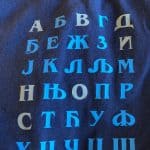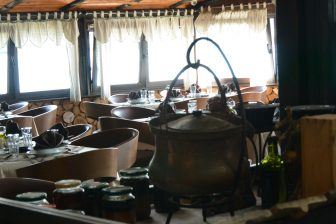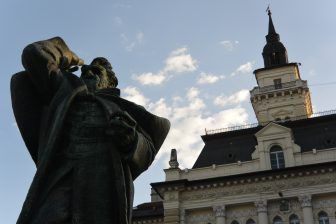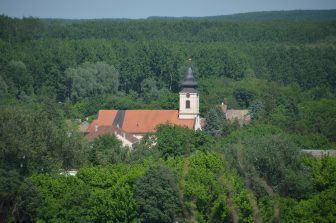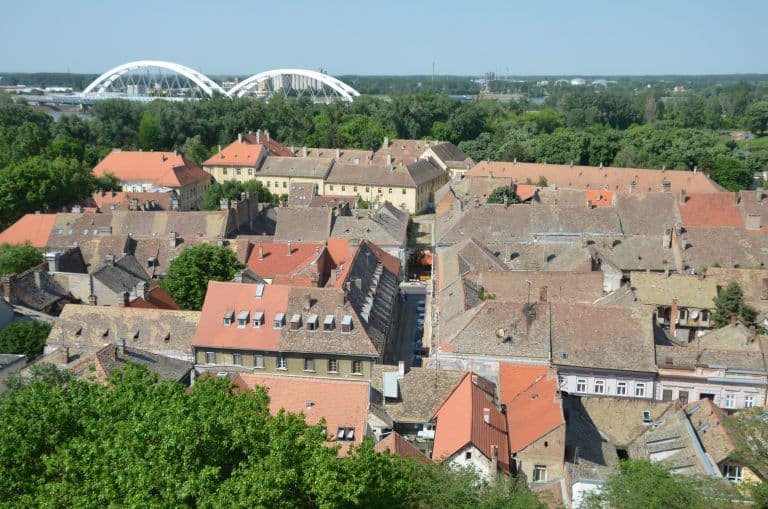
[ May 2018 ] Before reaching Novi Sad in Serbia, we visited Petrovaradin, an old area across the Danube River.
This area has a longer history than Novi Sad and it has been a strategically important spot, with a fortress on the hill.
According 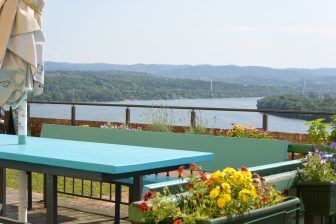
In the past, there was both a Catholic church and an Orthodox church here, but they started to think it’s no good to have two kinds of churches in one small town.
So, they built a new town for Slavic people across the river, which is Novi Sad.
Now Petrovaradin is a part of Novi Sad, which grew rapidly.
According to our guidebook, the fortress was reinforced in the 16th and the 17th centuries and they made extended underground galleries so that as many as 30,000 soldiers could hide during an attack.
Apparently, you can visit a part of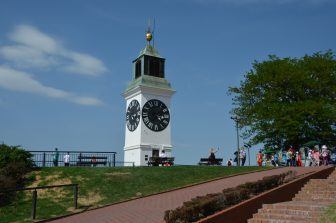
There was a clock tower there.
The minute hand and the hour hand of this clock had been swapped around.
That is because, for the boats on the Danube River, the hours are more important than the minutes, so the more noticeable long hand is pointing to the hours.
There was a nice looking restaurant near the clock tower and Sara told us that the view from there is fantastic, but the price is fantastically high, too.
So we did not go there.
That led to my husband’s question: “We heard that the average salary in this country is about €400, but we saw many shops selling expensive goods. Why?”.
Sara said “Those shops are only for tourists” and continued to say that the figure €400 is probably the average with the exceptionally high salaries included in the calculation.
“The realistic average salary is about €250” she said.
I pointed out that there are so many restaurants in the town.
And she said “We go to restaurants, too, but only for special occasions, not everyday”.
There were some souvenir shops targeting tourists here in Petrovaradin, too.
One of them was selling T-shirts with the pattern of the Serbian Alphabet.
The Serbian Alphabet is similar to the Russian Cyrillic one, but there are a few original characters.
A linguist called Vuk Karadzic in the early 19th century invented them with the rule of one character for each pronunciation.
I asked Sara to pronounce the characters, but for me, whose mother tongue is Japanese, it sounded like there were two characters each for ‘ch’ and ‘j’.
By the way, in the centre of Belgrade, the street names were written both in the Serbian Alphabet and in Latin.
Apparently, both alphabets are official now.
We came down the hill and went to a restaurant by the river called Aqua Doria.
Here, they serve river fish.
We had a fried cheese dish for the starter and then we had a fish soup 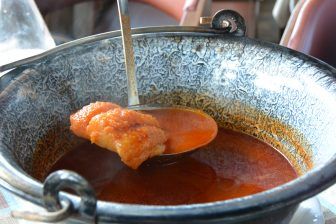
The soup was particularly nice.
Our waiter looked sulky at first, so I thought that maybe because we came in after the usual lunch time, he felt we were a nuisance.
But after getting used to him, gradually I understood it was just his way and actually he was very nice and kind.
We sometimes come across this type of person in Eastern Europe.

